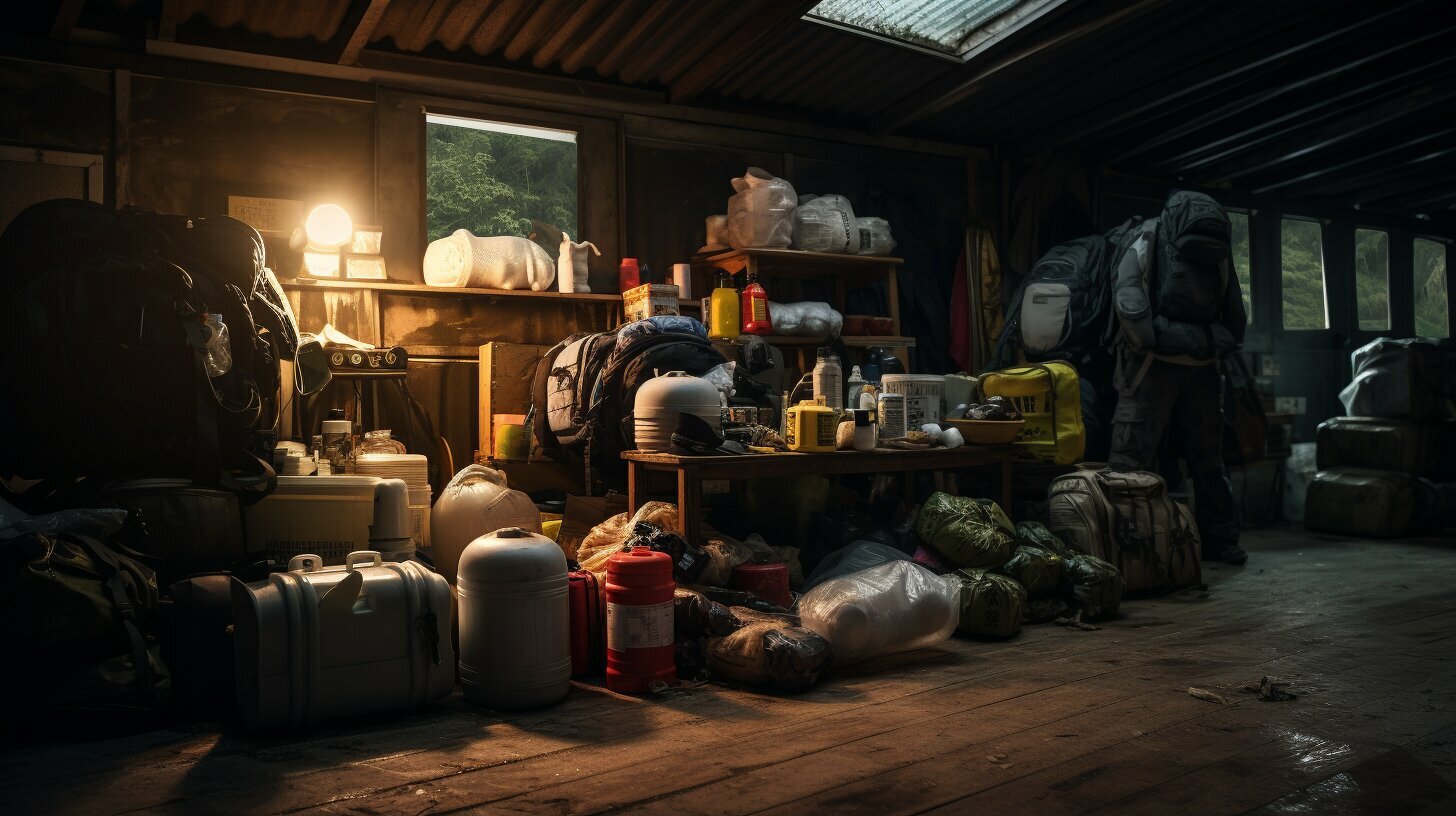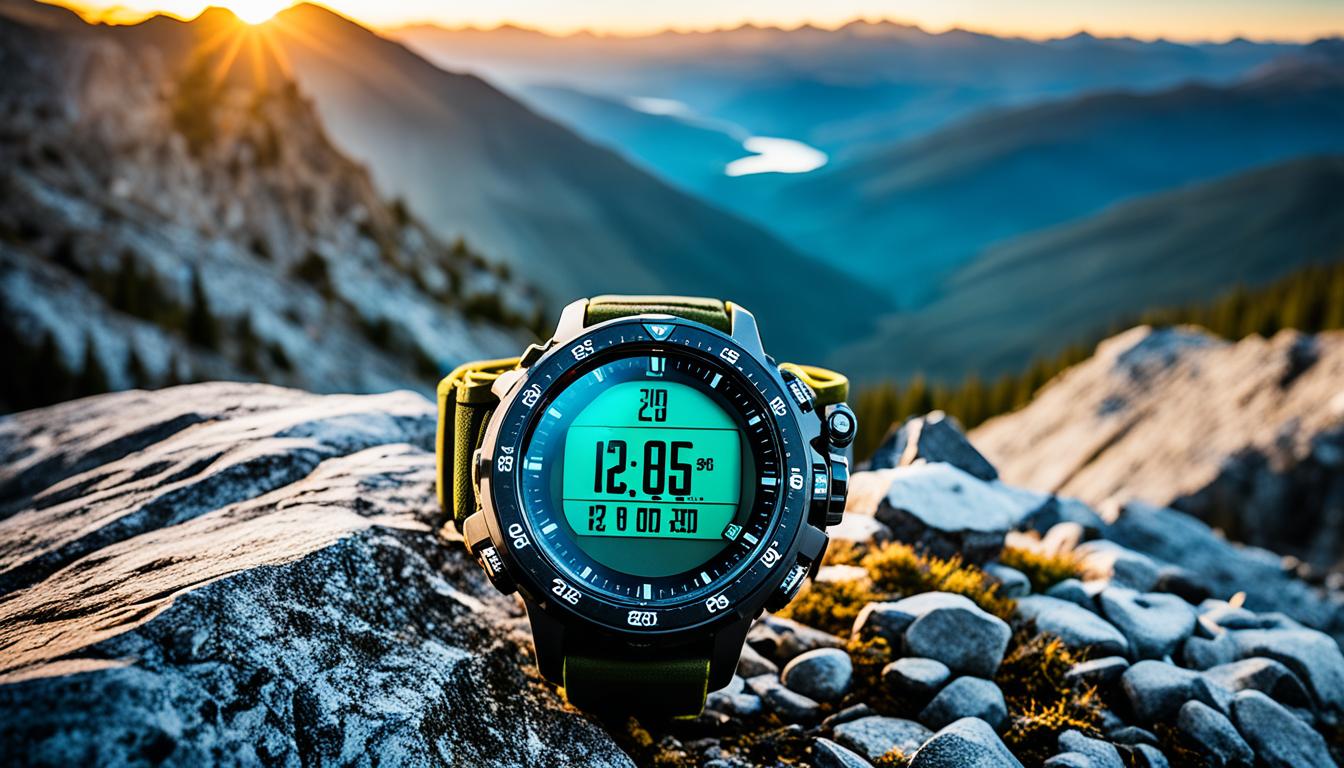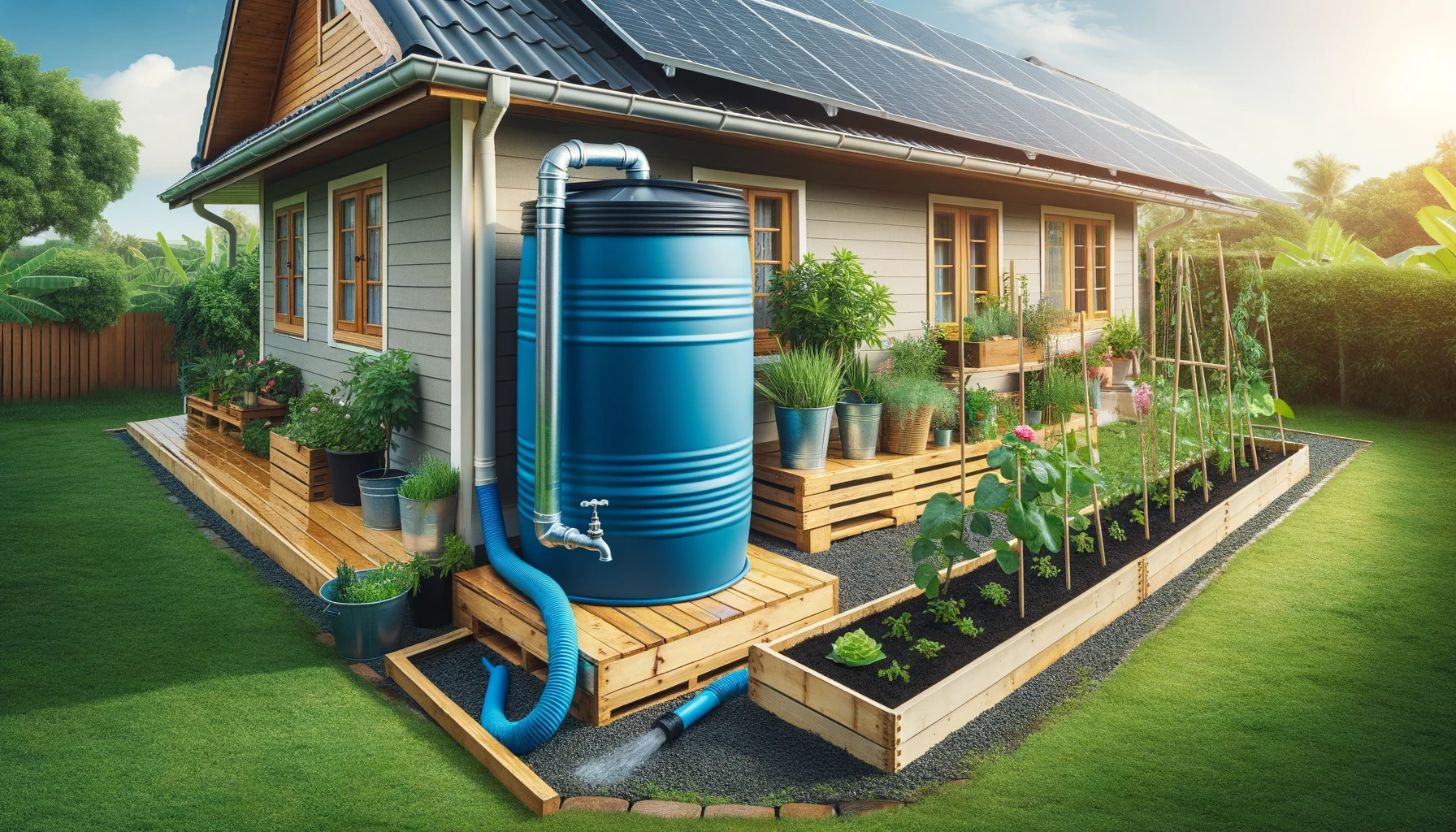Living in an area prone to natural disasters can be scary, but being prepared can make a huge difference in your safety and well-being. Prepping for natural disasters is not just about having a stockpile of supplies, but it also involves creating a plan, knowing what to expect, and understanding how to respond in times of crisis.
In this guide, we will provide you with essential tips and strategies for prepping for natural disasters. From understanding different types of natural disasters to creating an emergency preparedness plan and building an emergency supplies kit, we’ll cover everything you need to know to stay safe.
Key Takeaways
- Prepping for natural disasters requires careful planning and preparation.
- An emergency preparedness plan should cover communication, evacuation routes, emergency contacts, and essential survival skills.
- Building an emergency supplies kit is crucial for effectively responding to natural disasters.
- Understanding the risks specific to your area and assessing your vulnerabilities is essential for effective disaster planning and emergency evacuation.
- Staying informed and updated about potential natural disasters is crucial for making well-informed decisions.
Understanding Different Types of Natural Disasters
Disaster planning and preparedness require an understanding of the different types of natural disasters that can occur in your area. By knowing the risks specific to your location, you can tailor your preparation efforts accordingly. In this section, we will discuss common natural disasters that require disaster planning and preparedness measures.
Types of Natural Disasters Requiring Disaster Planning
The natural disasters that require disaster planning and preparedness measures include:
Disclosure: When you buy through links on our site, we may earn an affiliate commission.
| Natural Disaster | Description |
|---|---|
| Hurricanes | Powerful tropical storms with high winds, heavy rainfall, and storm surges. |
| Earthquakes | Sudden shaking of the earth’s surface caused by the shifting of tectonic plates. |
| Floods | Excessive water accumulation on land caused by heavy rainfall or overflow of bodies of water. |
| Wildfires | Uncontrolled fires that occur in areas of combustible vegetation and threaten property and wildlife. |
| Tornadoes | Rapidly rotating columns of air that form from thunderstorms and can cause extensive damage. |
Other natural disasters include landslides, tsunamis, volcanic eruptions, blizzards, and extreme heatwaves. It’s important to be aware of the types of natural disasters that can occur in your area and to take the necessary steps for disaster planning and preparedness.
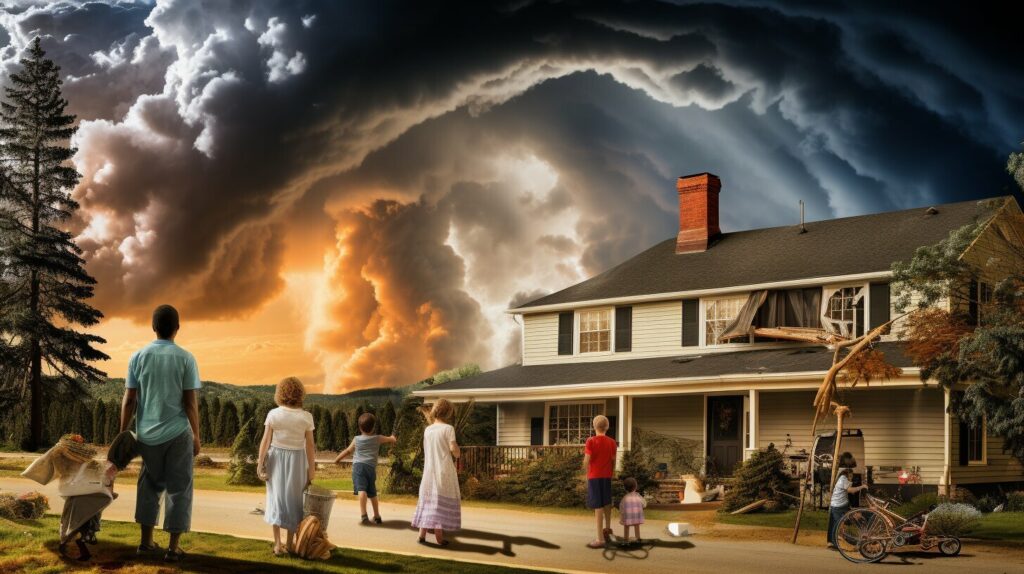
Assessing Your Risks and Vulnerabilities
Before you can effectively prep for natural disasters, it’s crucial to assess your risks and vulnerabilities. Every location has its unique factors that can increase the likelihood of certain natural disasters, and understanding these risks can help you prepare more effectively.
The first step in assessing your risks is to consider your geographical location. Are you in an area prone to hurricanes, tornadoes, earthquakes, or wildfires? Understanding the types of natural disasters that your area is susceptible to can help you tailor your preparation efforts accordingly.
Climate is another critical factor to consider when assessing your risks. For example, if you live in an area prone to heavy rainfall, you may be at a higher risk for flooding. Understanding the potential climate risks in your area can help you prepare for specific disaster scenarios.
Infrastructure is also a crucial consideration when assessing your risks. Are you close to a major fault line or a dam that could break in case of an earthquake or heavy rainfall? Understanding the potential risks posed by the infrastructure in your area can help you take appropriate precautions.
Once you’ve assessed your risks, it’s essential to develop an emergency evacuation plan. In case of a disaster, you need to understand the safest routes to take, and you also need to know where you can go for shelter if necessary. Understanding the potential risks in your area can help you create an evacuation plan that takes these factors into account.
Finally, it’s crucial to stay informed about potential natural disasters. Pay attention to weather alerts, and stay on top of news and information from official channels. Being informed and prepared is the key to staying safe in times of natural disasters.
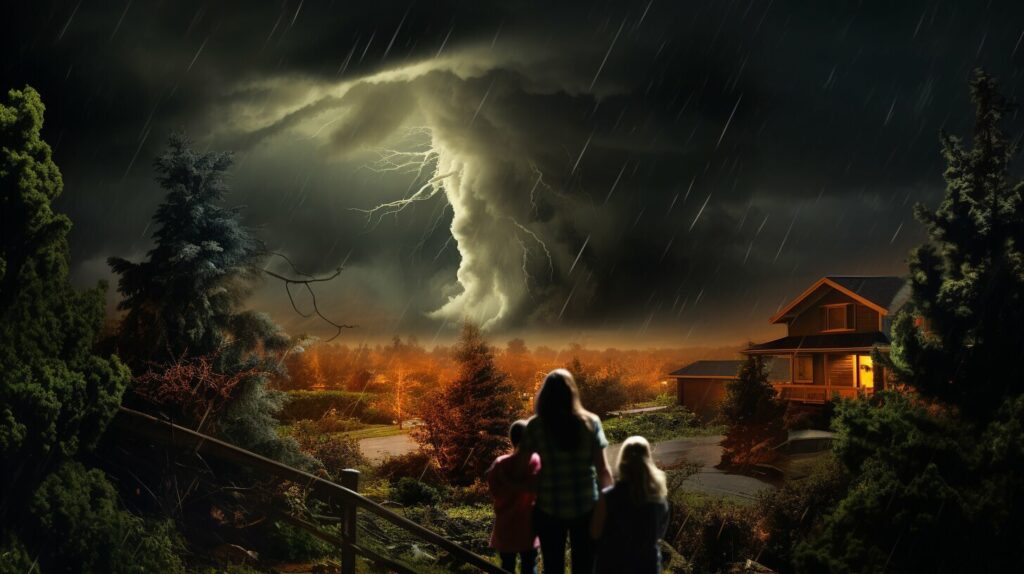
Assessing Your Risks and Vulnerabilities
Creating an Emergency Preparedness Plan
Creating an emergency preparedness plan is critical for effectively responding to natural disasters. By having a plan in place, you can minimize chaos and confusion during an emergency, and increase your chances of survival. Here are some key steps to take when developing your emergency preparedness plan:
Assess Your Risks and Needs
The first step in creating your plan is to evaluate your risks and needs. Consider the types of natural disasters that are most likely to occur in your area and the unique needs of your household. For example, if you have young children or elderly family members, you may need to make special arrangements to ensure their safety. Once you have identified your risks and needs, you can begin to plan accordingly.
Determine Your Communication and Evacuation Plans
Communication is vital during an emergency. You will need to establish a plan for communicating with family members, friends, and emergency responders. This plan should include designated meeting points and emergency contacts. Additionally, you should have evacuation routes mapped out that take you to safe locations such as shelters or designated safe zones.
Assemble an Emergency Kit
It’s essential to have an emergency kit ready and easily accessible in case of a disaster. Your kit should include essential items such as food, water, medical supplies, and tools. Make sure to update your kit regularly and keep it in a convenient location known to all household members.
Learn Basic Survival Skills
Having knowledge of basic survival skills can be life-saving during a natural disaster. These skills include first aid, fire safety, and how to signal for help. Make sure to practice these skills with family members to ensure everyone is prepared.
Stay Informed About Emergency Procedures
Emergency procedures can change rapidly during a natural disaster, so it’s essential to stay informed. Monitor official channels such as local news stations and emergency alert systems for updates and instructions. Follow the instructions of emergency responders and avoid acting on rumors or misinformation.
By following these steps, you can create a comprehensive emergency preparedness plan that will help you stay safe during a natural disaster.
Building Your Emergency Supplies Kit
Having a well-stocked emergency supplies kit can mean the difference between life and death during a natural disaster. You want to make sure you have everything you need to survive for at least 72 hours.
Here are some essential items you should include in your emergency kit:
- Non-perishable food and a can opener
- Bottled water
- First aid kit and necessary prescription medications
- Flashlight and extra batteries
- Portable radio and extra batteries
- Multi-purpose tools
- Emergency blankets and warm clothing
- Emergency cash and important documents
- Sanitation and hygiene items
- Phone charger and backup power source
Make sure to store your emergency kit in a waterproof container and keep it in an easily accessible place. You can also create smaller kits to keep in your car or at work in case of emergencies.
It’s important to periodically check and update your kit, especially for expiration dates on food, water, and medication. Consider adding personal items such as a favorite book or game to keep morale up during a disaster.
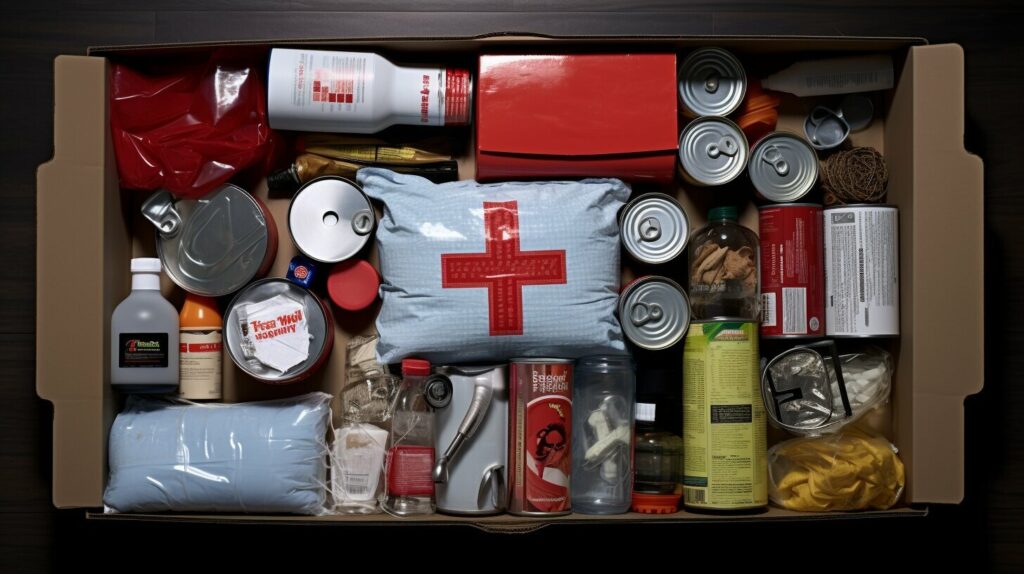
Preparation is key to surviving a natural disaster. Building and maintaining an emergency supplies kit is just one essential step to ensure your safety and well-being in any emergency situation.
Securing Your Home and Property
Protecting your home and property is an essential aspect of disaster planning and emergency preparedness. When natural disasters strike, they can cause significant damage to homes and properties, leaving families in a vulnerable position. By taking steps to secure your home and property, you can minimize the risk of damage and increase your chances of survival.
One of the first things you should do is assess your home’s vulnerability to natural disasters. Identify areas that are prone to damage, such as windows, doors, and roofs. Reinforce these areas with high-quality materials that can withstand strong winds and debris. Consider installing storm shutters or impact-resistant windows to protect against hurricane-force winds.
In addition to making structural changes, it’s essential to take steps to secure loose objects in your yard. Trim trees and bushes to prevent them from becoming projectiles during high winds. Secure outdoor furniture, grills, and other items that could become airborne during a storm.
If you live in an area prone to flooding, consider elevating your home or installing flood barriers. Check your sump pump and ensure it’s in good working order. Consider investing in a backup generator in case of power outages.
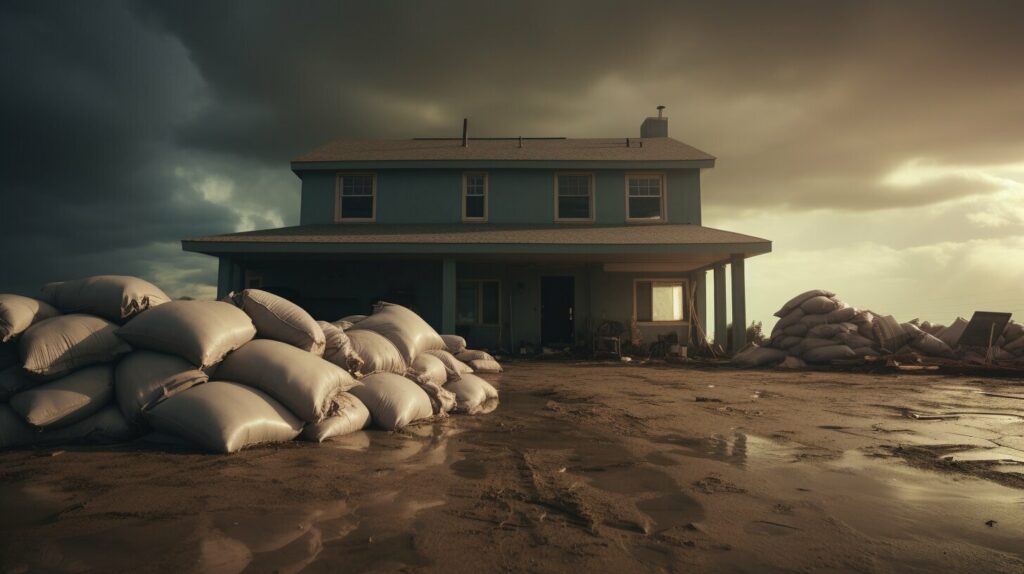
In the event of a severe storm or earthquake, it’s essential to have a designated safe room in your home. This room should be located in the central part of your home, away from windows and doors. Make sure it’s well-stocked with emergency supplies, including food, water, and medical supplies.
Finally, ensure that you have adequate insurance coverage for your home and property. Review your policy annually to ensure that you have sufficient coverage for any potential damage. Keep important documents in a waterproof, fire-resistant safe, along with copies of your insurance policy and other essential documents.
Developing an Emergency Communication Plan
During natural disasters, communication becomes crucial for safety and effective emergency response. Developing a communication plan is an essential element of emergency preparedness and disaster management. Follow these tips:
- Establish primary contacts: Create a list of primary contacts, including family members, friends, emergency contacts, and local authorities. Ensure everyone in your household has a copy of this list and keeps it in a place that is easily accessible.
- Identify alternative communication methods: In case of power outages or network disruptions, it’s important to have alternative ways to communicate. Two-way radios, satellite phones, and text messaging can be reliable communication channels during natural disasters.
- Monitor official channels: During natural disasters, authorities will provide updates and instructions through official channels like social media, news outlets, or emergency alerts. Stay informed and up-to-date about the situation in your area.
- Have a designated communication time: Establish a time for daily check-ins with family and friends to let them know you are safe and informed. This can alleviate stress and worry among loved ones.
By developing an emergency communication plan, you can ensure that you and your loved ones are informed and connected during natural disasters. Stay prepared!
Understanding Emergency Evacuation Procedures
When it comes to natural disasters, sometimes evacuation is necessary for your safety. It is important to understand the procedures in place for emergency evacuation in your area. Your local government or emergency management agency can provide you with the necessary information.
You should be familiar with evacuation routes, designated shelters, and any emergency communication methods. In the event of an evacuation, it is crucial to follow instructions from local authorities to ensure your safety and the safety of others.
Your emergency preparedness plan should include evacuation procedures and a designated meeting point for your family or group in case you become separated. Make sure to include essential items in your emergency supplies kit, such as food, water, and first aid supplies.

Remember to remain calm and focused during an emergency evacuation. Leave as soon as possible, taking only essential items with you. Do not attempt to return to your home until local authorities give the all-clear signal.
It is important to keep in mind that specific natural disasters may require different evacuation procedures. For example, in the case of a wildfire, you may need to evacuate quickly on short notice, while in the case of a hurricane, you may have more time to prepare and evacuate.
By understanding the emergency evacuation procedures in your area and including them in your emergency preparedness plan, you can help ensure your safety and the safety of your loved ones in the event of a natural disaster.
Preparedness for Special Considerations
Emergency preparedness planning should take into account the needs of all individuals and groups, including those with special considerations. Proper planning can ensure that no one is left behind during a natural disaster.
Emergency preparedness for pets: If you have pets, it is essential to include them in your emergency preparedness plan. Make sure to include food, water, and any necessary medications in your emergency kit. Identify a safe place where your pets can stay during an evacuation, and make arrangements with a trusted friend or family member to care for them if you cannot take them with you.
Emergency preparedness for individuals with disabilities: Individuals with disabilities may require additional assistance during an emergency. Consider their particular needs when creating an emergency plan. Make arrangements for accessible transportation, and ensure that any necessary medical equipment, like wheelchairs or oxygen tanks, are included in the emergency kit. Identify any additional resources that may be required, such as service animals or sign language interpreters.
Emergency preparedness for elderly or vulnerable populations: The elderly or vulnerable populations may also require additional assistance during an emergency. Identify their specific needs when creating an emergency plan. Make arrangements for any necessary medical care or assistance, and ensure that any medications are included in the emergency kit. Develop a communication plan with family members or caregivers and identify any resources that may be required.
By considering these special considerations, you can ensure that everyone is safe and accounted for during an emergency. Remember to regularly review and update your plan to account for any changes in needs or circumstances. Through proper emergency preparedness and disaster management planning, you can help ensure the safety and well-being of all individuals in your community.
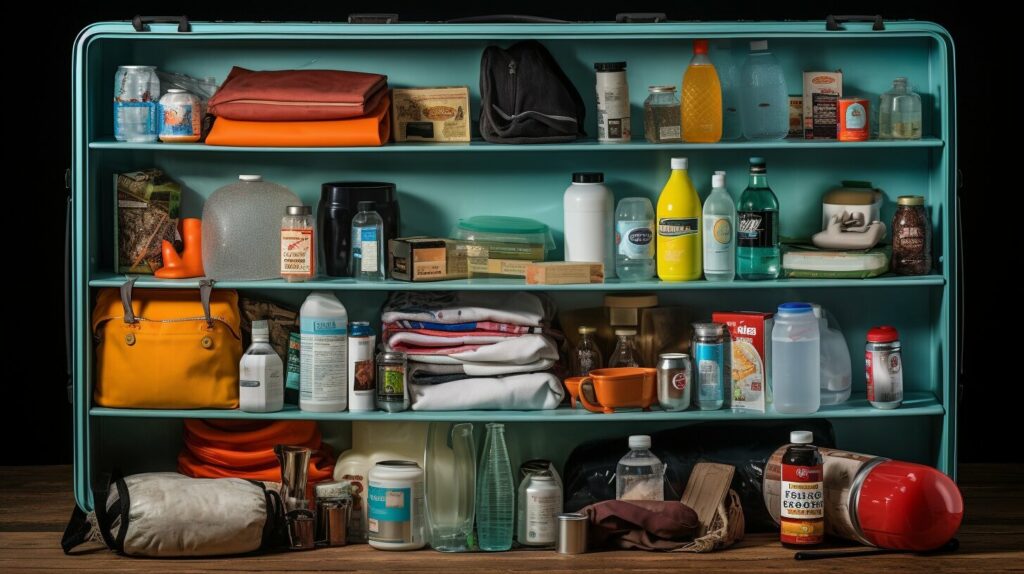
Understanding Emergency Evacuation Procedures
During certain natural disasters, evacuation may be necessary to ensure your safety and well-being. It is crucial to understand the evacuation procedures in your area to make a prompt and safe evacuation possible. Always follow the instructions provided by local authorities, as they have the most up-to-date information on the situation.
One of the essential steps in preparing for evacuation is having a plan in place. Identify the evacuation routes in your area by contacting local emergency management officials or checking online. Make sure to have multiple routes planned out, in case one is blocked or inaccessible.
It is essential to have an emergency kit prepared and readily accessible for a prompt evacuation. The emergency kit should include essential items such as water, non-perishable food, first aid kit, important documents, and a flashlight. Keep the kit in a designated spot, and ensure everyone in your household knows where it is located.
If you have pets, ensure they are included in your evacuation plan. Contact the local animal shelter or veterinarian for guidance on emergency pet shelters in case of evacuation.
During an evacuation, avoid taking shortcuts and follow designated routes to designated shelters. Avoid driving through areas that are flooded or affected by the natural disaster. If you are unable to evacuate, seek safe shelter, and remain there until it is safe to leave.
Remember, being well-prepared and informed can make all the difference when it comes to emergency response and disaster management. Stay alert and informed by monitoring official channels, following weather alerts, and staying up-to-date on any changes or updates.

Conclusion
By reading this comprehensive guide, you have taken an essential step towards ensuring your safety and preparedness for natural disasters. Remember, disaster preparedness is a continuous process that requires your attention and regular review.
Make sure to create an emergency preparedness plan specific to your risks and vulnerabilities, build an emergency supplies kit, secure your property, develop an emergency communication plan, understand evacuation procedures, and stay informed and updated.
Stay safe!
Remember, being prepared is the key to effectively managing and responding to natural disasters. By taking these steps, you are not only protecting yourself, but also your loved ones, neighbors, and community. We hope that this guide has been helpful and informative, and we wish you all the best in your disaster preparedness efforts.
FAQ
Q: What are some common natural disasters?
A: Common natural disasters include hurricanes, earthquakes, floods, wildfires, and more.
Q: How can I assess the risks and vulnerabilities specific to my location?
A: You can assess your risks by considering factors such as your geographical location, climate, and infrastructure.
Q: How do I create an emergency preparedness plan?
A: To create an emergency preparedness plan, you should cover communication, evacuation routes, emergency contacts, and essential survival skills.
Q: What items should I include in my emergency supplies kit?
A: Essential items for your emergency supplies kit include food, water, medical supplies, and tools.
Q: How can I secure my home and property during a natural disaster?
A: Measures you can take to secure your property include reinforcing doors and windows, trimming trees, and securing loose objects.
Q: How do I develop an emergency communication plan?
A: Developing an emergency communication plan involves establishing contact with loved ones, monitoring official channels, and utilizing alternative communication methods such as two-way radios.
Q: What should I know about emergency evacuation procedures?
A: Understanding evacuation procedures includes knowing evacuation routes, designated shelters, and the importance of following instructions from local authorities.
Q: Are there any special considerations for prepping for natural disasters?
A: Yes, there are special considerations such as pet preparedness, preparedness for individuals with disabilities, and considerations for elderly or vulnerable populations.
Q: How can I stay informed and updated about potential natural disasters?
A: You can stay informed through official channels, weather alerts, mobile applications, and social media.

